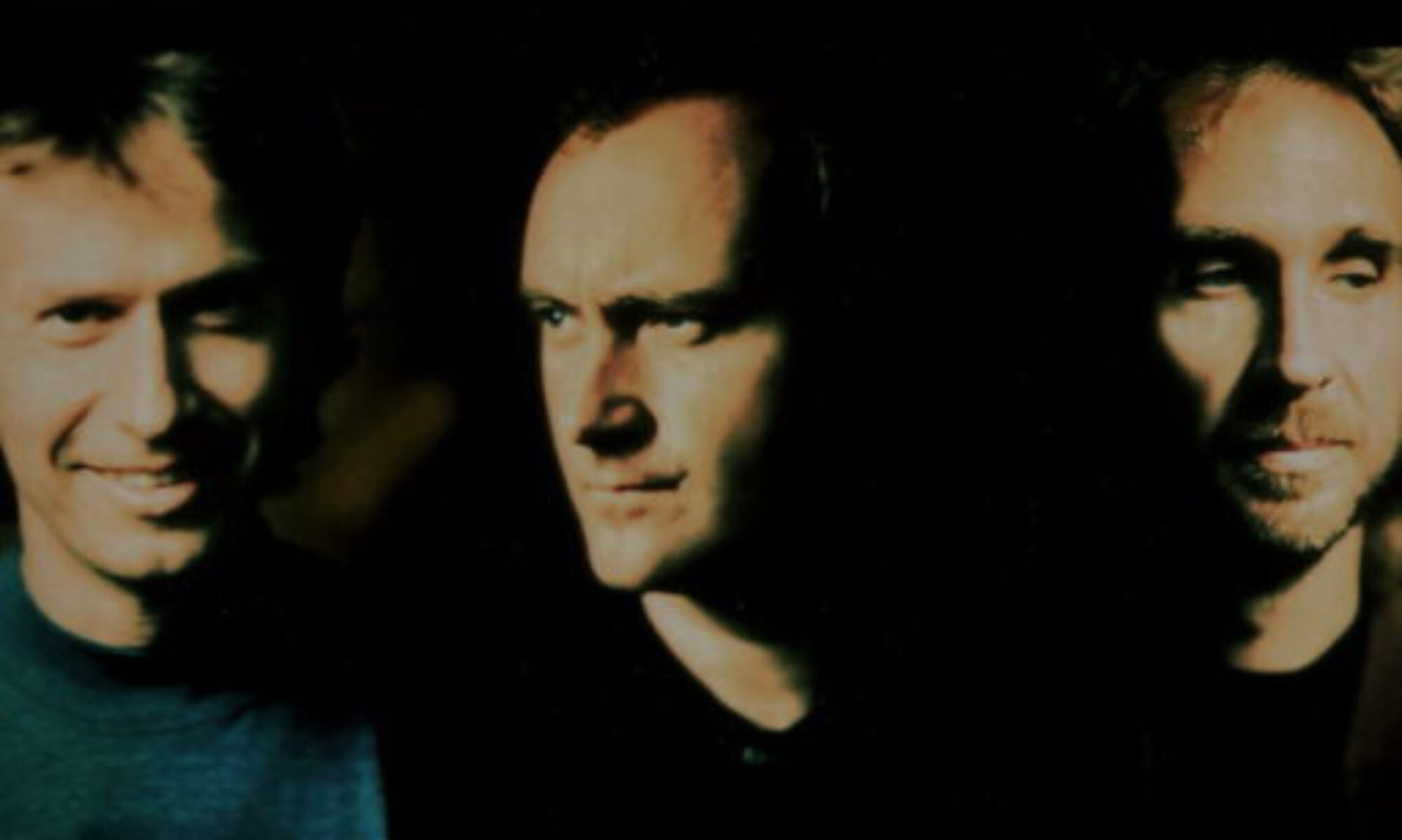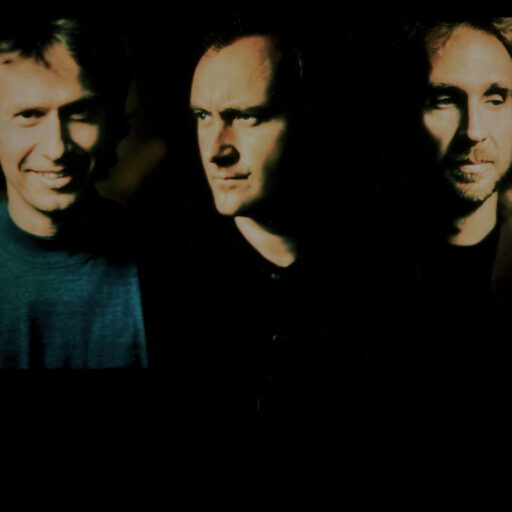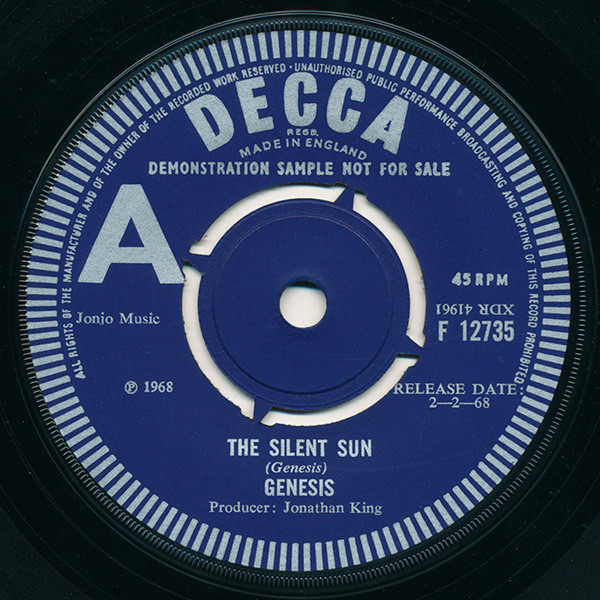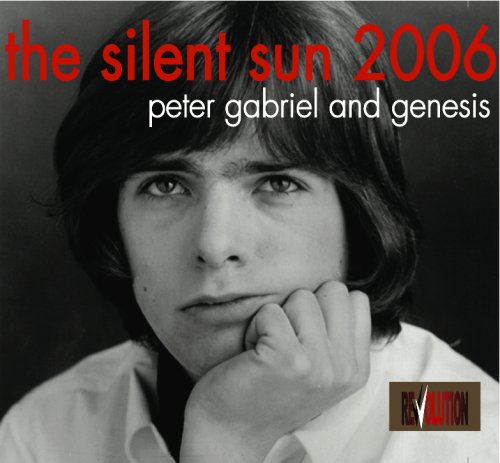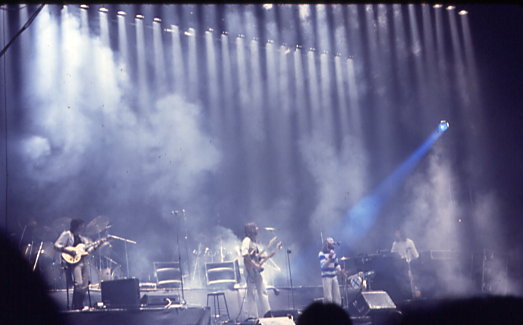On March 28, 1996, Genesis officially announced Phil Collins’ departure in a press release titled: “Genesis end twenty-year experiment, decide to replace Peter Gabriel as vocalist.”
It marked the end of an era. But the story of Phil’s (temporary) exit began long before that.
Phil Collins Had Made Up His Mind in 1993
By 1993, Genesis were at their peak. The massive We Can’t Dance tour had wrapped up the previous year, and in the fall of ’93, the band performed at Cowdray Ruins, a charity concert alongside Pink Floyd, Queen, and Eric Clapton. Genesis played a short set and joined the all-star lineup for the encore. No one realized it would be Phil Collins’ last performance with the band for a long time.
At the time, Phil was already deep into writing what would become his most personal solo album, Both Sides. He played every instrument and produced the album himself, much like he had done on Face Value. The deeply introspective songs reflected his personal turmoil – his marriage to Jill was falling apart due to his affair with childhood sweetheart Lavinia Lang. With his family on the verge of breaking up again, he found it increasingly difficult to sing Genesis songs. He wanted to write and perform music that truly reflected his own emotions.
A New Chapter, a New Life in Switzerland
Sometime after the Cowdray Ruins gig, Phil confided in manager Tony Smith about his desire to leave Genesis. But Smith, ever the businessman, encouraged him to finish his solo album and tour first—then decide.
Phil embarked on the Both Sides world tour in 1994 and 1995, during which he met Orianne Cevey in Switzerland. Falling in love, he decided to leave England and settle in Lake Geneva. The British press harshly criticized him – both for his music and his personal life. He grew to resent his ‘Mr. Nice Guy’ image and felt increasingly distant from Genesis.
Tony Banks and Mike Rutherford Decide to Carry On
In 1996, the band convened in Tony Smith’s kitchen, where Phil finally made it official – he was leaving Genesis.
Tony Banks reacted with typical British understatement: “It’s a sad day, a very sad day.”
Mike Rutherford, on the other hand, was more surprised that Phil had stayed as long as he did given his highly successful solo career.
On March 28, 1996, exactly twenty years and two days after his first show as Genesis’ lead singer, the news went public. With Phil’s departure, Genesis lost not just their frontman and entertainer, but also a brilliant composer and drummer.
Still, Tony and Mike decided to continue, eventually searching for a new singer. Meanwhile, Phil focused on his solo career, though his success never quite reached the heights of the 1980s.
Despite going their separate ways, the three remained close. By the early 2000s, they occasionally reunited for special appearances. Then, a decade after Phil’s departure, Genesis officially came back together for the 2007 Turn It On Again tour.
But that’s another story.
Title photo: The world famous band – Genesis. Tony Banks, Phil Collins and Mike Rutherford. (Photo 1991) . Source: Wikimedia Commons, David Scheinmann / CC BY (https://creativecommons.org/licenses/by/3.0).
